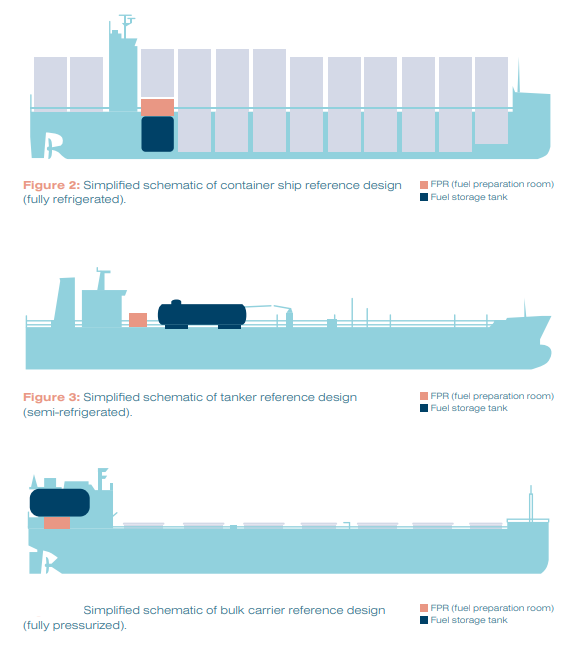
A joint study into ammonia safety onboard ships undertaken by Lloyd’s Register (LR) Maritime Decarbonisation Hub and the Mærsk Mc-Kinney Møller Center for Zero Carbon Shipping, has found that a range of mitigation methods are required to keep toxicity risks to crew within published tolerable limits.
Using Quantitative Risk Assessment (QRA) analysis, a data-driven method that allows users to assess risk in a quantitative and granular manner, the joint study has been able to identify vessel design and operational measures that would reduce ammonia risks to a tolerable level.
Key findings:
- Secondary containment mechanisms, such as double-walled piping, used for ammonia-related equipment outside of already-restricted areas have been proven to significantly reduce risk.
- Ventilated gas-tight enclosures installed around any gas valve units in engine rooms also reduce risk.
- Ventilation of spaces containing ammonia equipment provides mitigation of toxic effects for many smaller, but not all, potential ammonia leaks. This mitigation is particularly efficient for smaller leaks. Consideration of additional precautions is required for personnel entering these spaces.
- Ventilation of spaces containing ammonia equipment reduces the risk of ammonia concentrations reaching a flammable level. Although ammonia is much less flammable than some other fuels, the flammability hazard should not be ignored.
- Ammonia leak alarms should be installed both in controlled areas (for example, the fuel preparation room) and near potential leak sources.
- The fuel system should be subject to rapid and reliable manual and automated shutdown in the event of an ammonia leak.

Did you subscribe to our daily Newsletter?
It’s Free! Click here to Subscribe!
Source: Lloyd’s Register






















